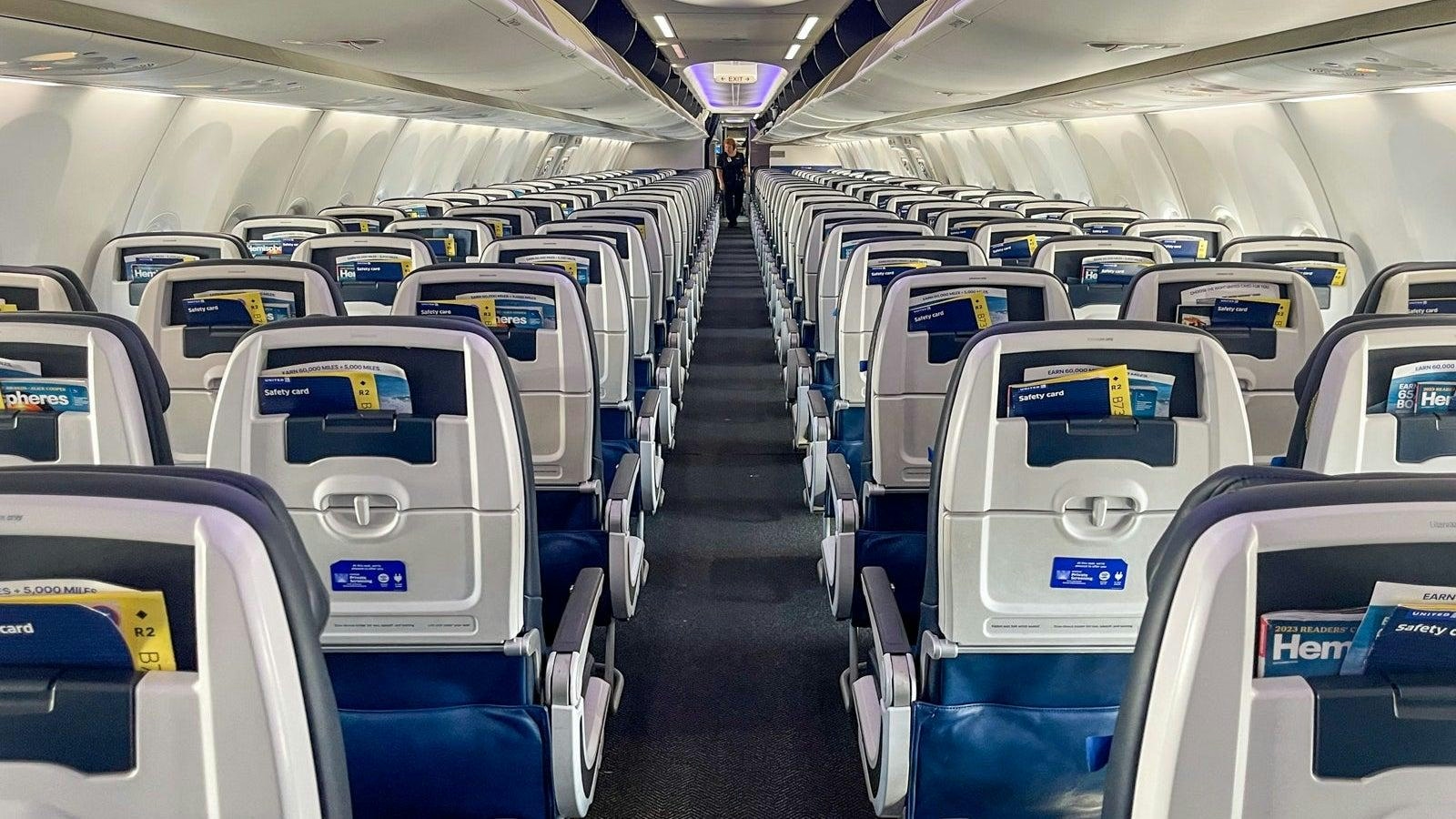
AeroGenie — 您的智能副驾驶。
热门趋势
Categories
Embraer Deepens Aerospace and Defense Partnership with Lithuania After C-390 Selection
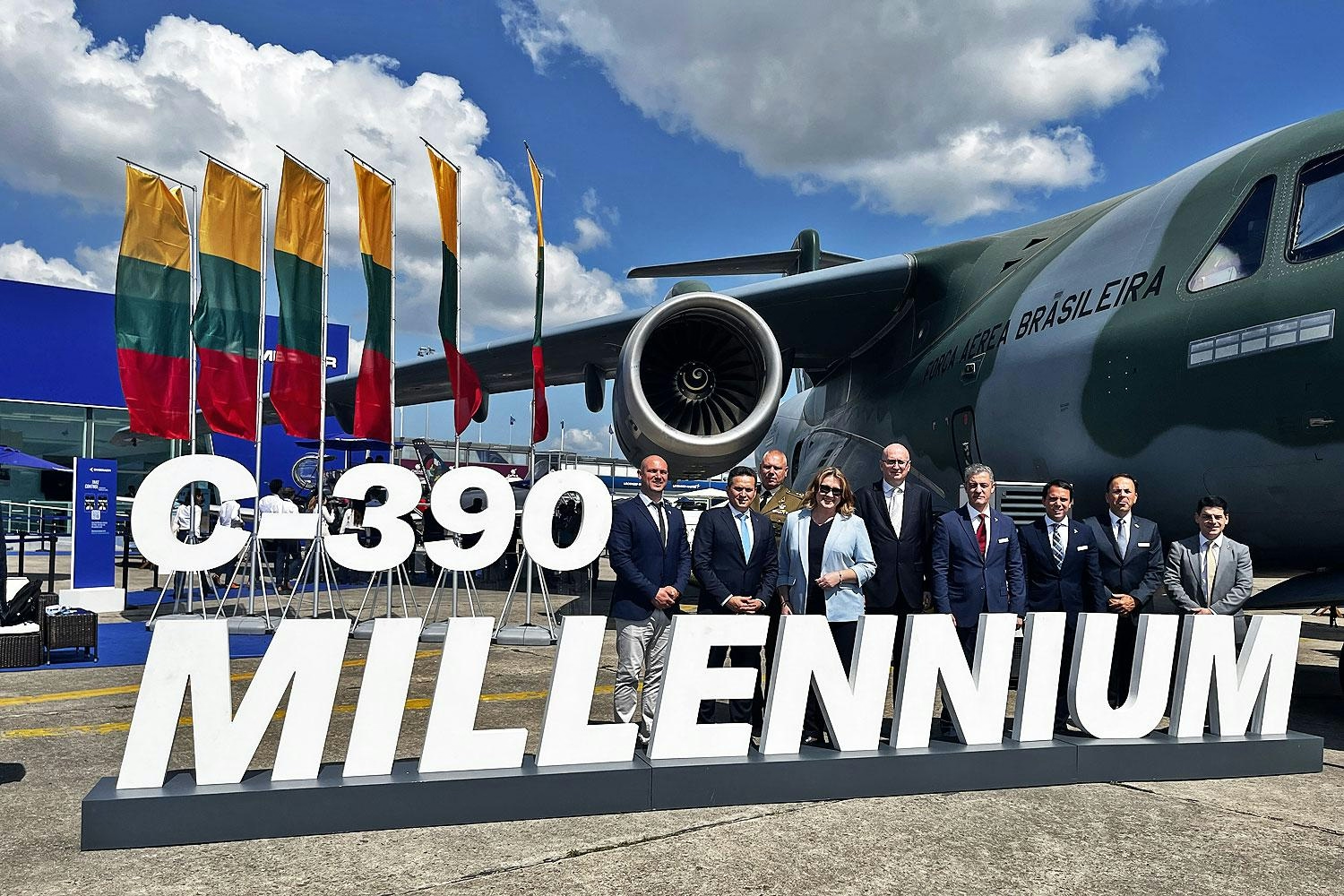
Embraer Strengthens Aerospace and Defense Partnership with Lithuania Following C-390 Acquisition
Embraer is advancing its long-term collaboration with Lithuania’s defense and aerospace sectors after the country’s decision in June 2025 to procure the C-390 Millennium military transport aircraft. In recent weeks, Embraer specialists have conducted visits to Lithuania to engage with local industrial partners and evaluate facilities. Their focus has encompassed Maintenance, Repair and Overhaul (MRO), engineering, innovation, technological development, and supply chain management, underscoring a comprehensive approach to deepening cooperation.
Strategic Alignment and European Integration
This partnership aligns closely with Lithuania’s strategic defense and economic goals, aiming to establish a resilient and future-ready defense industrial base. It also seeks to strengthen ties with educational and research institutions, thereby supporting both military capabilities and technological progress within the Lithuanian aerospace sector.
Embraer’s expanding footprint in Europe, built through strategic investments, supplier network growth, and industrial facility development since the early 2000s, forms the foundation of this collaboration. Currently, over 40% of the C-390’s supply chain is sourced from European partners. The company has cultivated significant industrial cooperation programs with nations including Portugal, the Netherlands, Austria, the Czech Republic, and Sweden. The presence of Embraer Defence Europe’s office in Lisbon further exemplifies ongoing collaboration within the EU and NATO frameworks, with plans underway to establish C-390 training centers to support allied forces.
The C-390 Millennium itself is a next-generation aircraft engineered for demanding operational environments, offering high speed, increased payload capacity, and versatile mission capabilities. Lithuania’s selection of the C-390 places it alongside several European and NATO allies—such as Portugal, Slovakia, Hungary, the Netherlands, Austria, the Czech Republic, and Sweden—who are modernizing their air forces with this platform. This acquisition enhances Lithuania’s operational capabilities and ensures long-term support within Europe, facilitating lifetime sustainment of its fleet and deeper integration into NATO’s evolving defense ecosystem.
Challenges and Competitive Landscape
Despite the promising prospects, the deepened partnership between Embraer and Lithuania presents several challenges. Navigating geopolitical tensions in the region, managing complex international supply chains, and adhering to stringent defense regulations will be critical to the collaboration’s success. The strategic significance of this alliance may also attract heightened scrutiny from investors and stakeholders, potentially affecting market perceptions.
Moreover, competition within the defense sector remains intense. Companies such as BAE Systems are likely to intensify efforts to secure comparable defense contracts or partnerships, leveraging their technological advancements and global reach to counter Embraer’s expanding presence in Europe.
Nonetheless, the Embraer-Lithuania partnership marks a significant advancement in the aerospace and defense ambitions of both nations, while reinforcing Europe’s collective security and technological capabilities.

Comparing the Fuselage Lengths of the Airbus A350-1000 and Boeing 787-10
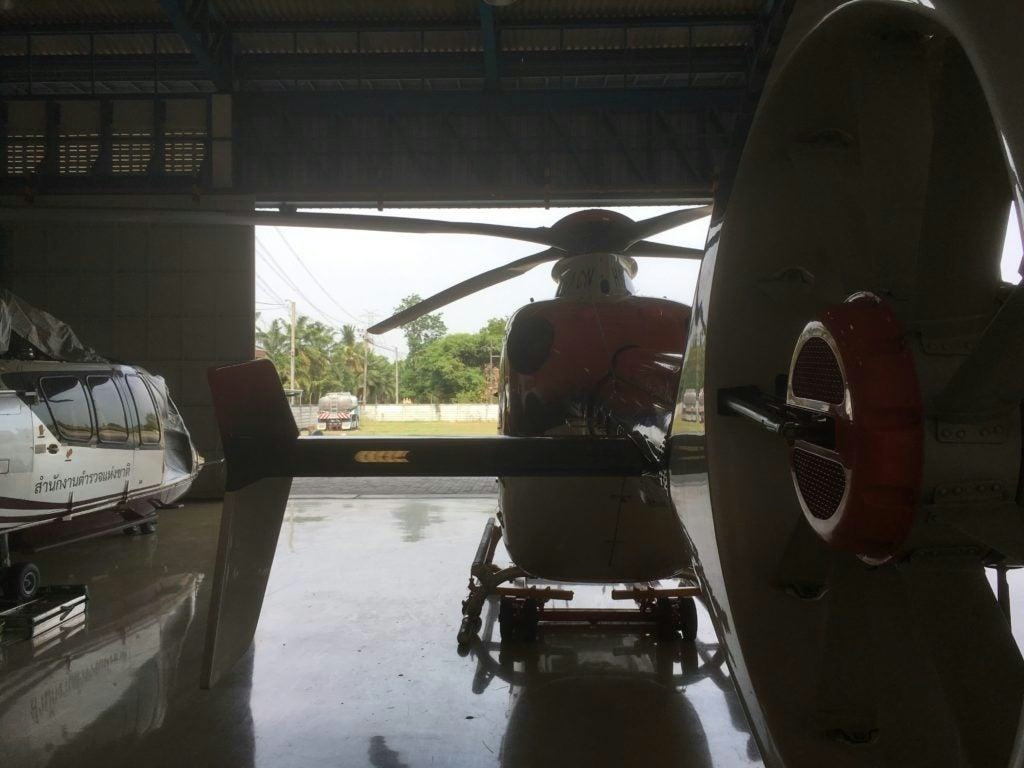
Thailand Establishes U-Tapao Aircraft MRO Center Contract for January 2026
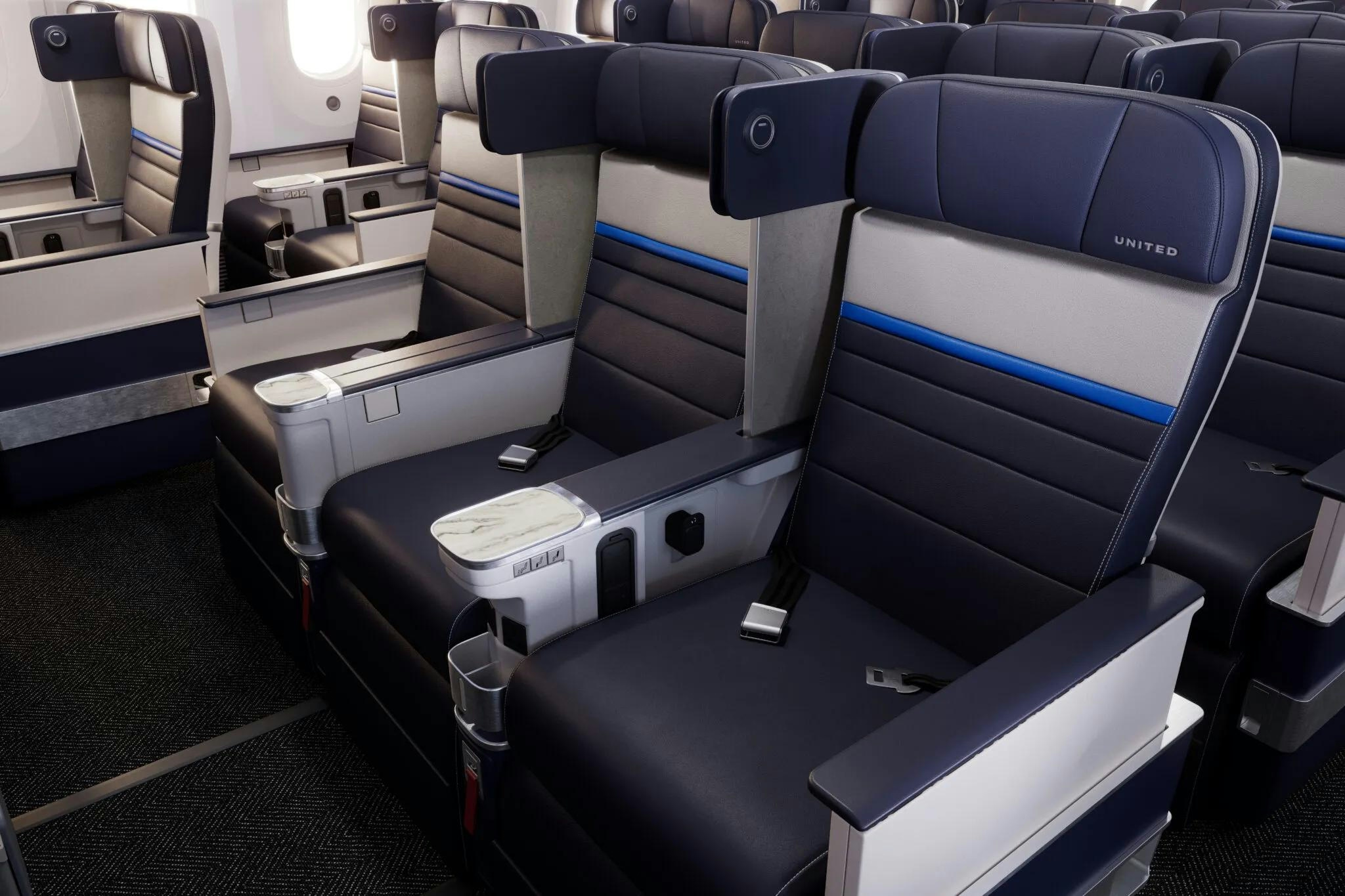
United Airlines Announces Routes for New Premium Boeing 787s
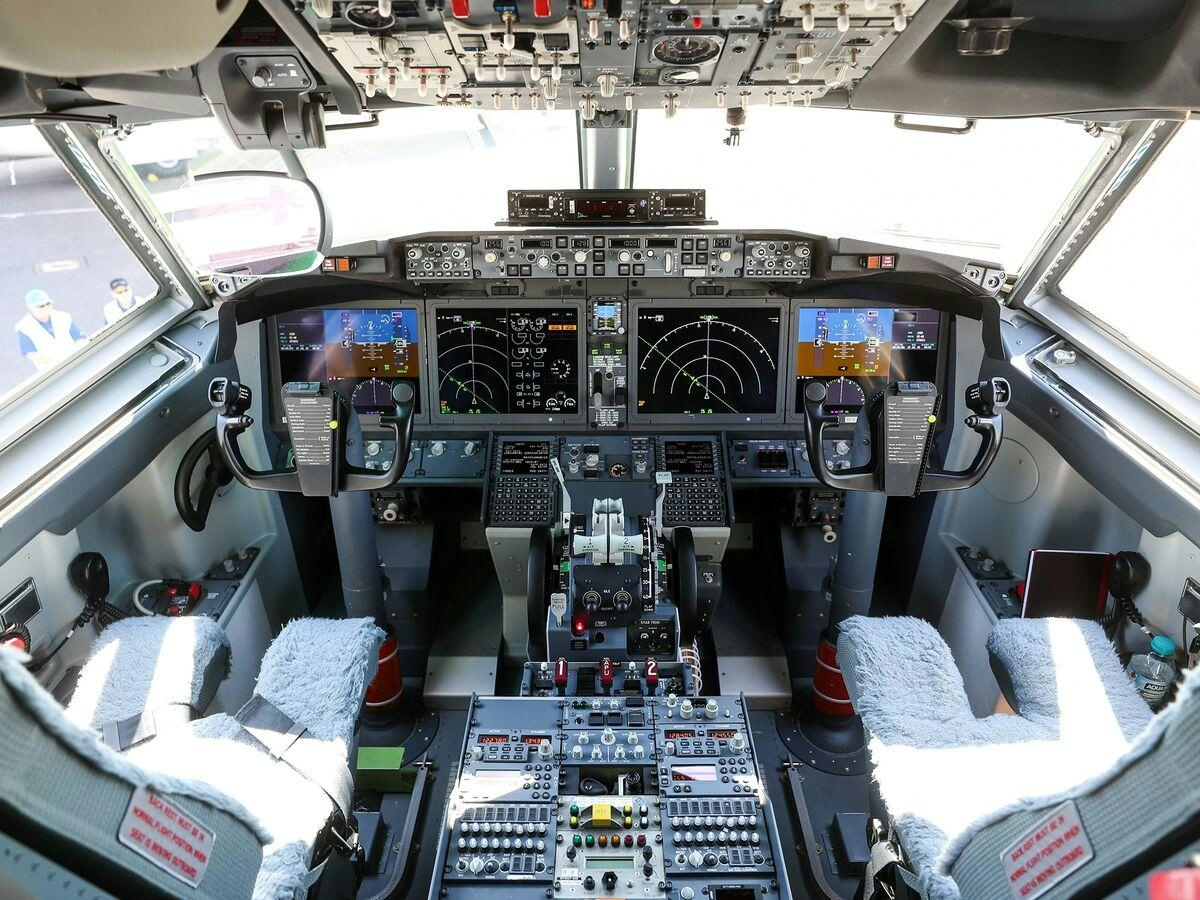
Boeing Introduces Remote Co-Pilot Technology
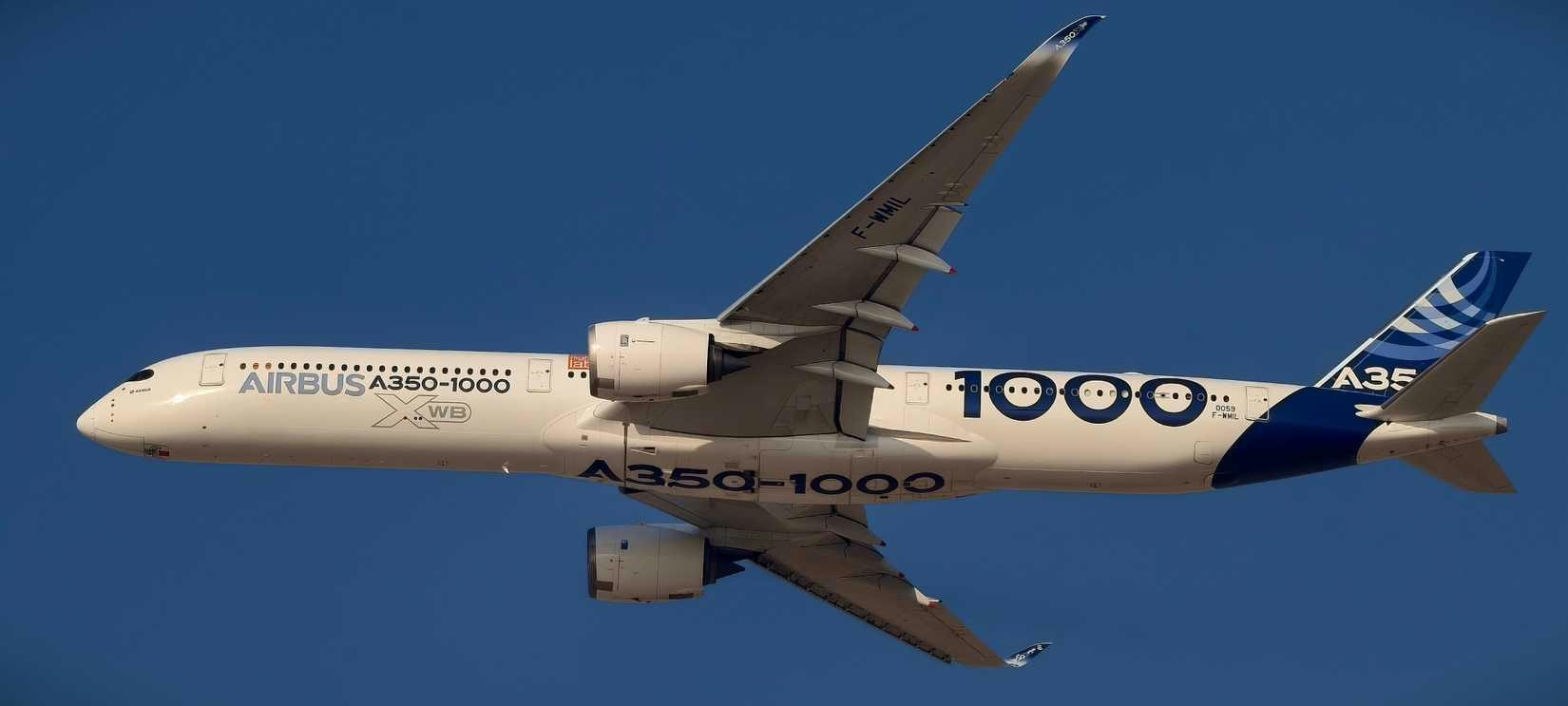
The Airbus A350-1000’s Fuel Efficiency Advantage Explained
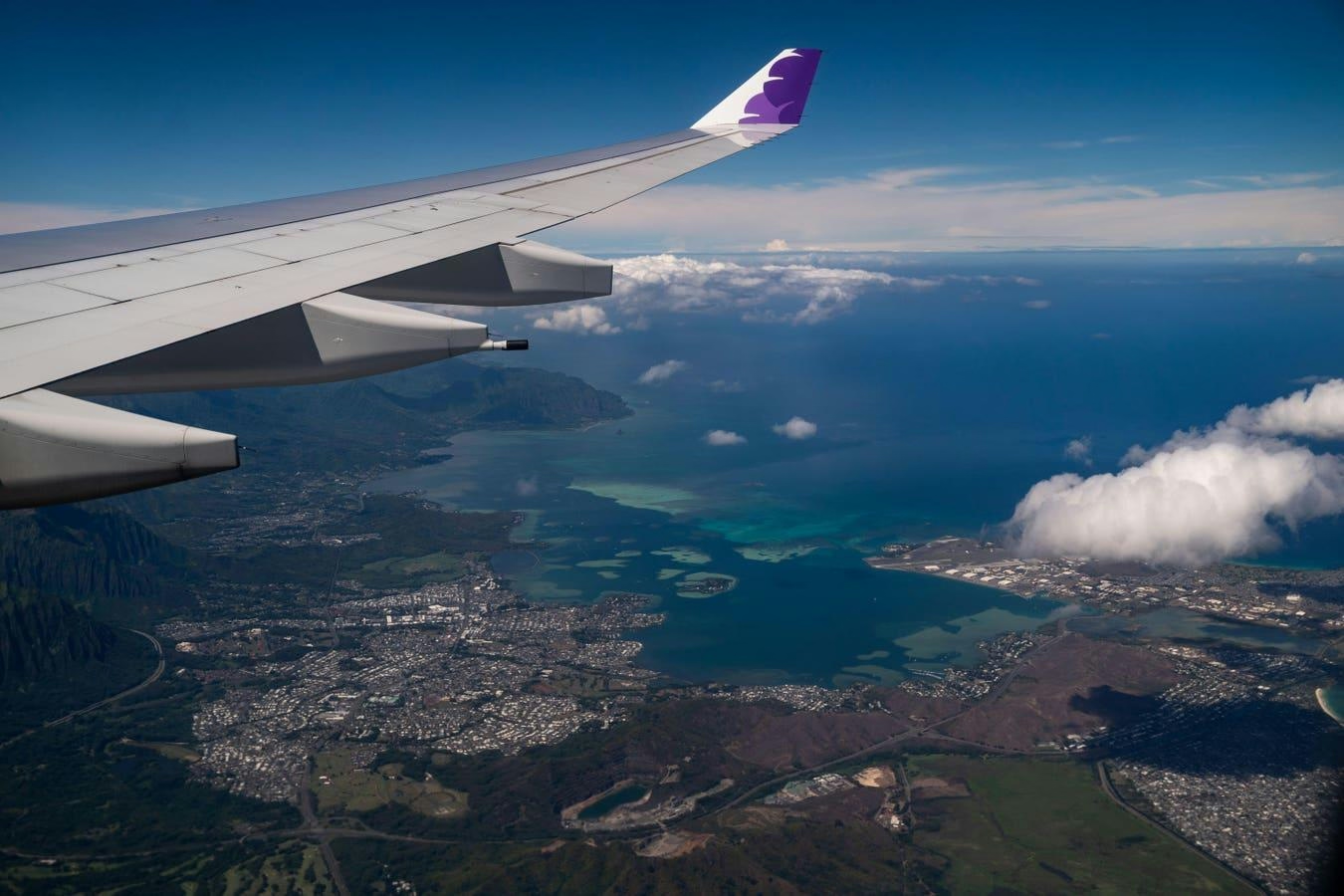
McNally Capital Expands Aviation Operations to Support Global Tourism

Two Young Climbers Begin Winter Ascent of McKinley

Elroy Air’s Autonomous Chaparral Delivers Lunch on A-to-B Flight
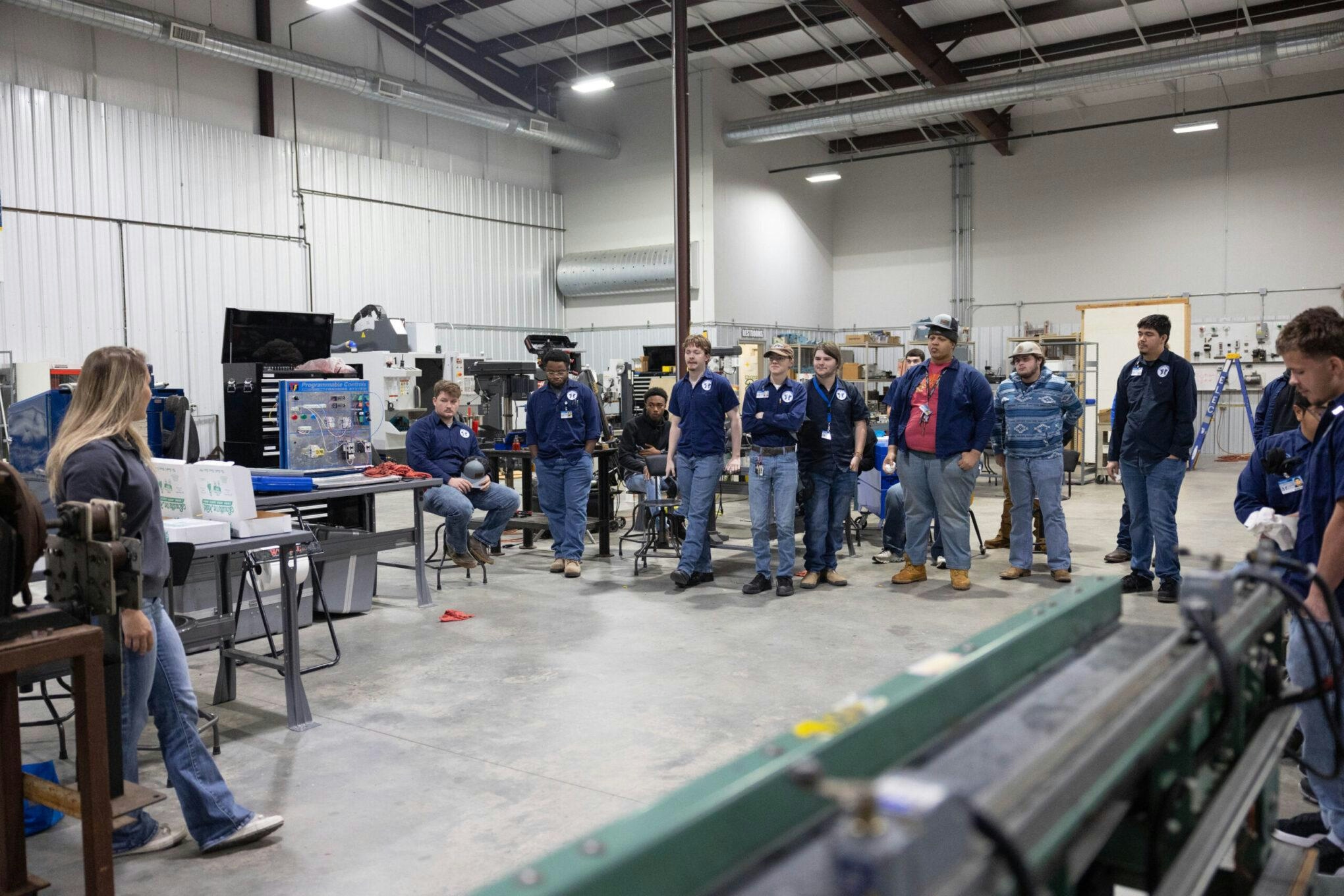
Texarkana College Holds First Graduation for Aviation Maintenance Technician Program
